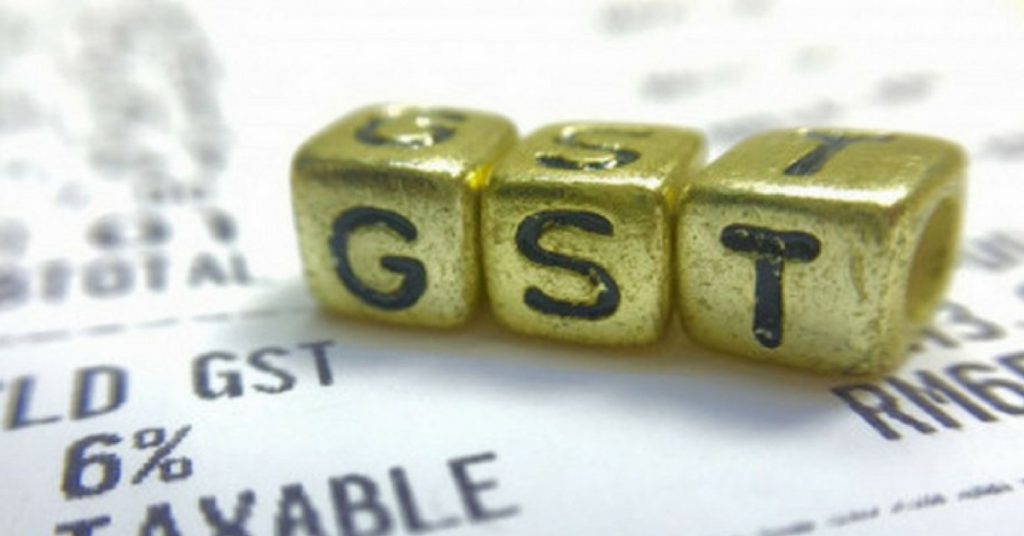
I was not so confused or worried about anything but that void state of mind when you are asked about GST and you having no answer is the worst thing that can happen to you (these days). I know bits and pieces of it, I have heard people talking about it, I even know that it is something related to taxation but What is GST? is still unclear and ambiguous. I don’t know why this 3-Letter Word is giving me a feel of know- nothing. Why suddenly people in India are talking about GST?
Well, let’s not complicate the things. You and Me are just willing to know about GST, how it works and how does it affect us. Let us not get into the details and bug our head about GDP, Indirect tax, Narendra Modi, Excise duty, and things like that. We’ll understand the concept of GST through a simple story, the story of a Birthday Boy.
What is GST? The Core Concept of GST
Anup (5-year-old kid) is a birthday boy and as we all know that in Schools, we give chocolates to classmates and teachers. So, Anup leaves home for a school and on the way he meets Rashmi Aunty. Rashmi Aunty is his neighbor and also a mother of his classmate Tinku. She wishes Anup and he gives her a chocolate and one for Tinku. Moving on, he reaches school and gives one chocolate to Guard in the gate. Then in the classroom, the teacher announces his birthday and asks Anup to give two chocolates to all the students in the class. So, here Tinku gets an extra chocolate.

Now think Anup’s Birthday as business and Chocolates as a tax. The boy has paid a local tax to Rashmi Aunty, Entry tax to guard and service tax to his classmates. Interestingly Tinku got a surcharge. This is Pre-GST.
Now, Principal makes a new rule that Chocolates are to be given to Principal office and it is their responsibility to distribute the chocolates equally. This is GST meaning instead of paying different taxes, you pay only one tax. With this, chocolates will be equally distributed and the distribution time will also be reduced. In the whole story, GST benefits everyone except Tinku who now gets only one chocolate from the principal office.
Well, this is the core concept of GST and it is defined as “ A uniform indirect tax levied on goods and services across a country. “
GST and Economic Growth
There are different aspects to GST as how it affects the Economic growth of the country by surpassing other indirect taxes. Let us understand those points in a nutshell.

- The Central objective of GST is to eliminate the excessive taxation. As Central and State agencies do not calculate taxes based on the original cost of the product, this was affecting the GDP of the nation.
- GST is a uniform tax levied on the supply of goods, and services, except on the supply of alcoholic liquor for human consumption.
- GST rates are classified into four tax rates; 5%, 12%, 18%, and 28% and precious metals like Gold will attract a separate tax of 3%.
- Businesses with an annual turnover of up to Rs.75 Lakh are liable to pay GST. Luxury products attract 28% of GST and there is a 5% tax on carriage goods by rail, road, and air transport services.
- Five Star Hotels – 28%, Restaurants with a turnover of Rs.50 Lakh and less – 5%, Non-Air Conditioned Restaurants – 12%, Air-Conditioned Restaurants – 18%, IT and Telecom Services – 18%, and Entertainment Tax + Service Tax – 28%.
A Quick Look at GST Rates
No Tax (0%)
Goods: Jute, Jute, fresh meat, fish chicken, eggs, milk, buttermilk, curd, natural honey, fresh fruits and vegetables, flour, besan, bread, prasad, salt, bindi. Sindoor, stamps, judicial papers, printed books, newspapers, bangles, handloom, Bones and horn cores, bone grist, bone meal, etc.; hoof meal, horn meal, Cereal grains hulled, Palmyra Jaggery, Salt – all types, Kajal, Children’s’ picture, drawing or colouring books, Human hair .
Services: Hotels and Lodges (Tariff below 1000)
5%
Goods: Fish Millet, Apparel (below 1000), Packaged food items, Milk Powder, Coffee, Tea, Spices, Rusk, Sabu Dana, kerosene, coal, medicines. Lifeboats, Cashew nut, Cashew nut in shell, Raisin, Ice and snow, Bio gas, Insulin. Agarbatti, Kites, Postage or revenue stamps, stamp-post marks, first-day covers.
Services: Railway, Air Transport

12%
Goods: Butter, Cheese, Ghee, Dry Fruits, Animal Fat, Umbrella, Sewing machine, Fish Knives, Spoons, Picture books. Spectacles, Sausage, Carom Board, Ayurvedic medicines, and Apparel above Rs.1000
Services: State Lotteries, Non-Ac Hotels, Fertilizers, and Business Class Air Ticket
18%
Goods: Footwear (More than Rs.500), tissue paper, mineral water, Sugar, Steel Products. Jams, Software, CCTV, Camera, Speakers, Ice Cream, and Soups.
Services: IT&Telecom, Branded Garments, AC Hotels serving Liquor, and 5-star hotels.
28%
Goods: Bidis, Chocolate (without cocoa), Chewing Gum, Water heater and Shaving creams. Pan Masala, Paint, Motorcycles, Vacuum cleaner, Hair Shampoo, Ceramic Tiles, and ATM.
So, this was the brief read about the core concept of GST, related points, and GST Rates. I believe that you are clear with the concept of GST. If you have any points to add then please contribute your words in the comments below.
Cover Image Credits: Indian Express
Here is an useful information for you:
FinanceBazaar.com is bringing all financial services like startup business registration, licenses, GST services, Tax services, credit and loans, insurance and other financial services under one roof. You can Get GST Registration in India at a very affordable price with the help of Expert Professional CA.


























